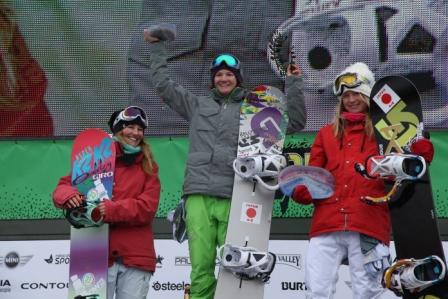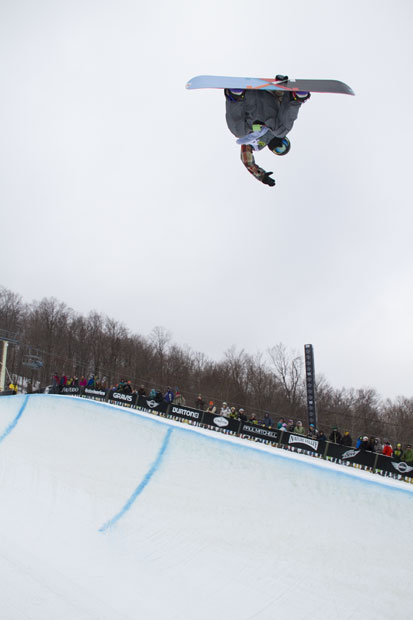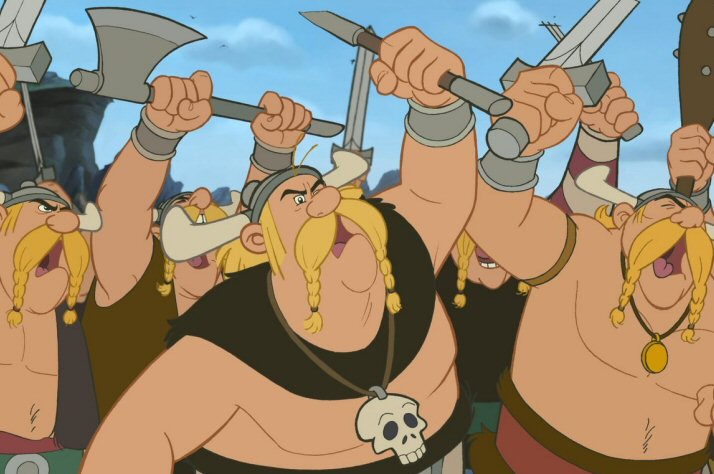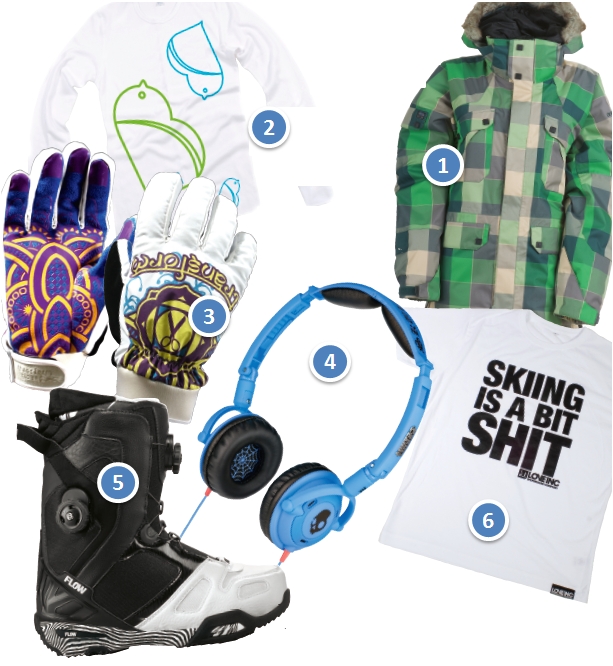Published in Whitelines Magazine Issue 95, February 2011
Choosing a new snowboard is really exciting, right? You know, that process of going into a shop knowing the exact radii of the side cut you want to ride, and the exact positioning of the inserts on the top-sheet and stuff? Yeah, everyone knows that feeling. But with all that exciting stuff going on, a lot of people overlook the other part of a new set-up, the binding. And really, they shouldn’t, because the binding plays a hugely important part in how your set-up will feel. And anyway, there are so many things to get excited about with bindings… like really excited. Like, oh. Oh. Sorry, just let me go and sit down for a second before I keep writing…
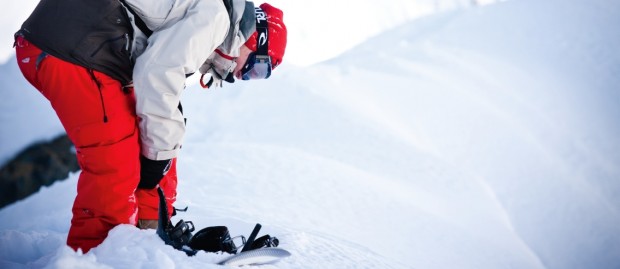
WHAT ARE THE DIFFERENT TYPES OF BINDING? – Apart from specialist bindings like alpine racing bindings (designed to fi t ski boots)or split-board bindings (designed to pivot so you can split the board for use as approach skis) most bindings can be divided into two different categories:
Classic bindings – These feature a two-strap strap system that locks your foot into position by pushing it down and back against the highback.You put your foot in the front of the binding, and strap it in using two ratcheted straps. This is the simplest type of binding, and some variation on the strap system has been used in snowboarding since the beginning of the sport. In the mid-2000s a big deal was made of the idea of ‘cap-straps’ which fit around the end of the toe rather than over it, but the basic idea behind classic bindings has remained unchanged for years.
Speed-entry bindings – Various different attempts at making speed-entry bindings have been made over the years, including a whole host of ‘step-in’ systems that required specialist boots.While step-ins were heavily marketed back in the90s as easier to use – especially for beginners – most of the systems were beset by problems. Once the initial hype had died down, step-ins turned out to have all the lasting appeal of that other tragic late-90s mistake, Steps. But although step-ins thankfully went the way of ‘H’ and co, there were other, more successful speed entry systems that persisted – notably, the one invented and developed by Flow. This involves a folding highback, which enables the rider to put their feet in from the back. This system has proved so popular that it’s spawned a whole host of imitators, with companies like K2, Apo, SPand Gnu all creating their own folding-highback bindings. Recently a couple of other speed-entry systems have emerged, like Ride’s Contraband system or K2’s Auto system, both of which only require the rider to tighten a single strap.
BINDING FEATURES – There are a whole host of tech features that can make a difference to bindings, whichever type you choose. Here are a few of the basics.
Flex – The materials a binding is made of will dictate its flex. Stiffer bindings are more responsive, transferring every little movement of your foot to your board. This makes them great for free-riders, speed freaks and experienced freestylers. Softer bindings might not offer the same level of responsiveness, but that makes them more forgiving. They tend to be favoured by beginners, and park rats (who need the extra flex to tweak out tricks), or jibbers who want the extra forgiveness on sketchy landings. In general, more rigid materials are more expensive, so the stiffer the binding the more you’ll pay for it.
Highbacks – Invented by Jeff Grell in theearly 80s, highbacks were first introduced on Flitebindings, but really took off when Tom Simsbegan developing them with his team of riders.Highbacks revolutionised snowboarding, addingstability and making it possible to land bigger airsand make more precise heel-edge turns. Highbacks have developed a lot since the early days – many arenow made of high-tech plastics. Japanese companyFlux now make them from urethane, the materialskateboard wheels are made of! Many also featurecutaways to reduce weight. It’s supposedly a goodto their heel-edge whatever angle you have yourbindings at.
Straps and ratchets – These attach your foot to the binding, and come in a whole range of sizes. Many feature a ton of padding to stop your feet from hurting.
Baseplate – In most bindings, this disc fixes your binding to the board. The numbers and/or notches around the edge of the base-plate act as a guide for you to set your binding angles. Most baseplates use a four-screw system, but Burton has always traditionally used three – so if you have a Burton board, you will usually need Burton bindings, or at least Burton baseplates. Recently, thecompany also introduced the EST system, which uses two screws on the outside of the binding to fix it to the board. You need a Burton board with the channel system (ICS) to use these, but if you have one, you should be able to adjust your stancewithout taking your foot out of the binding.
Toe ramps/gas pedals – The toe ramp or gaspedal is a section that extends underneath the toe to give you greater responsiveness on toe-edge turns. It can be adjusted to fit the size of your feet.
Forward lean adjuster – The amount of forward lean you have on your highback affects your default stance and can seriously alter the feel of a binding.
Cushioning – Many bindings these days feature cushioning over the baseplate, to help absorbthe impact of jumps and dampen speed vibrations.
Tool free adjustment – Many higher end bindings these days feature screws that you can turn with your hand, meaning you don’t have to get your tool out every time you want to fiddle about. What do you mean that sounds dodgy?
WHAT KIND OF BINDING SHOULD I CHOOSE? – The type of binding you chooseis purely down to personal preference – some people swear by speed entry bindings while others can’t stand them. The same is true of the flex and other features, but in general, if you’re just startingout, it’s better to go for a softer, more forgiving binding. The best way to work out what suits you is to try out as many different ones as you can though. You’ll be amazed at how different they can make your set-up feel


